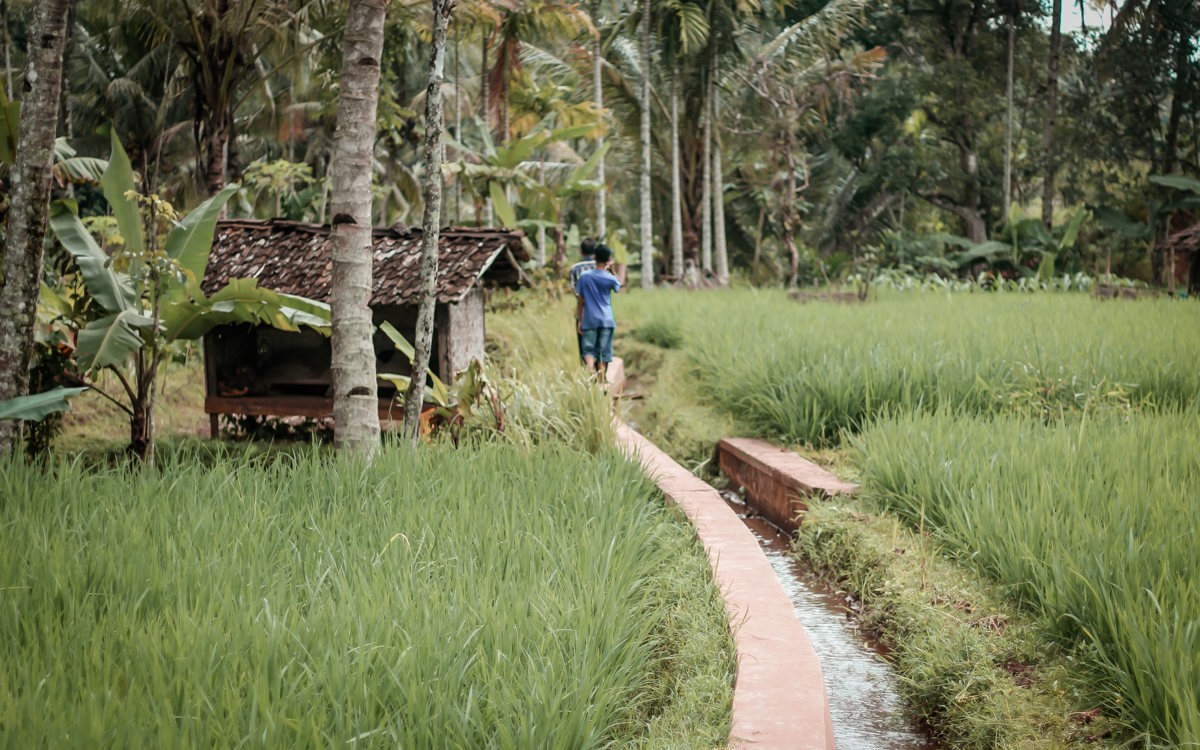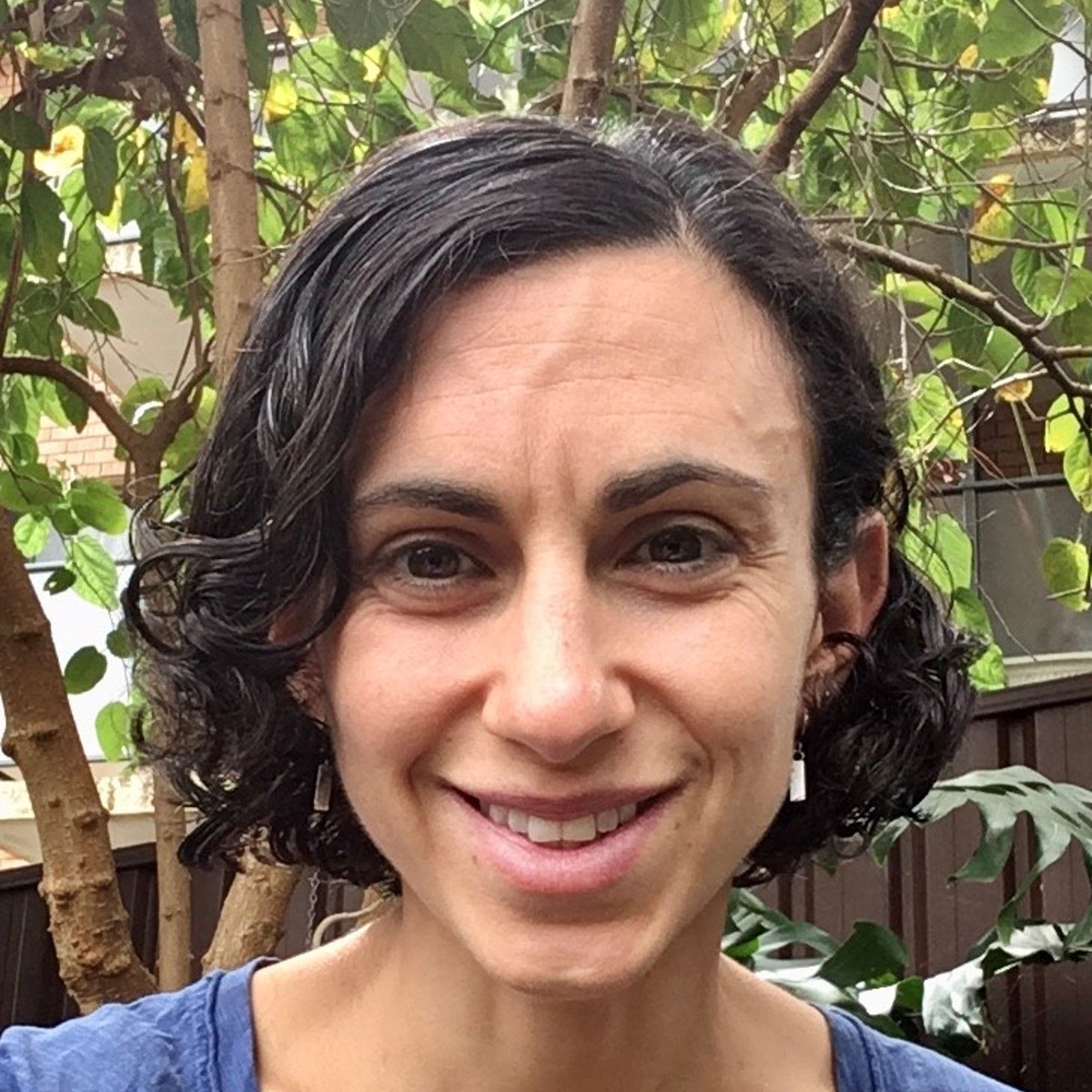By Dr Rachel Friedman


Dr Rachel Sarah Friedman
The countries that are the least responsible for emissions and pollution will likely suffer the most from climate change. If this sounds unfair, that’s because it is. The injustices associated with the climate change challenge don’t stand alone, so it’s worth acknowledging the role of underlying global inequities that persist today.
Despite improvements in food security and poverty alleviation, there are still huge gaps between the so-called ‘haves’ and ‘have-nots’. Injustice is also a product of who gets to have a voice or power in making and implementing decisions, as well as which cultures, knowledge, and ways of experiencing are considered valid. More marginal or disempowered groups - such as minorities and indigenous peoples, women, youth - tend to have less of a voice, and therefore less power.
While injustice is rightly seen as a barrier to development, it also has implications for environmental stewardship and climate resilience. Power imbalances and vested interests can lead to the unsustainable use of natural resources, with only a few benefitting while the rest of society bears the cost. Discrepancies in access to financial services, education, healthcare, and information can also reduce people’s capacity to make changes in their lives and adapt to climate change and other stressors.
Thankfully it’s not all doom and gloom. While environmental injustice can seem insurmountable, there are a lot of opportunities to address it at local levels, while also improving sustainability. Personally, through my research I have explored cases of social inequities and how we can overcome them. I focus on community engagement for sustainable forest management and addressing gender inequities in adapting agriculture to climate change, studying community-based efforts to rectify environmental injustices around the world. In this blog, I will discuss some examples from Indonesia, Papua New Guinea, and Ghana. What can we take away from these cases?
Support networks within and beyond communities: Indonesia
The government of Indonesia recently intensified its community forest programmes, aiming to put 10% of the country’s forests in the hands of local communities. However, the actual process for communities to apply and gain rights to the forest is long, complicated, and difficult for people to complete on their own. We asked the question: if communities can’t do it alone, then what is needed for them to take charge over the forests on the journey toward more just forest management?
Our research documented support networks that facilitate the community application process to claim and implement forest rights. What initially looks like a complex web of interactions, highlights how various organisations help achieve fairer forest management. For example, technical specialists and NGOs help with the work of running baseline surveys, mapping boundaries, and developing management plans. They are also important for completing paperwork – of which there is plenty – and navigating government bureaucracy during the application process.
In the longer term, other types of organisations help build capacity for sustainable forest-based livelihoods, promote knowledge exchange, and connect community members to markets. This could mean assistance to establish a forest honey processing facility, or to build appropriate infrastructure for a new eco-tourism venture. Communities find value in many different ways, and partners outside the community can help make those aspirations a reality.

Networks transmitting vital information: Papua New Guinea
In smallholder farming communities, women tend to have fewer financial resources, connections to leaders or extension agents, or access to technology (e.g. mobile phones) and land compared to their male counterparts. As a result, vital information about climate and weather does not always reach women farmers who need it to plan for, and adapt to, climate change impacts. This gap is particularly pronounced in Papua New Guinea, where changes in seasonal rainfall patterns and warming temperatures are upsetting traditional farming calendars.
Our research examined weather information-sharing networks among farmers, and we found that women often have quite close-knit, informal circles where information is shared. While official information channels such as media or extension groups are much more frequently used by men, women often source information from church groups, women’s groups, family, and friends. Since women also cultivate different crops and carry out different farming roles than men, they therefore require appropriate information at specific times – revealing the importance of tailoring both the channels, and contents, of climate information services to ensure gender-equitable access and use. Disseminating information that is seen as reliable and useful via trusted channels will go a long way toward enabling women to adopt and put into practice adaptive farm management.
Diversifying ventures to shield against risk: Ghana
Over in Ghana’s forest belt, cacao is a major source of income for farmers. While some women are fortunate enough to have inherited or purchased land for growing cacao, many more are simply working their husbands’ lands, and rely on products from vegetable gardens to earn income. In our research, we spoke with women farmers in Ghana about the effects of weather events on their lives and farming, finding that certain groups were more affected than others.
In a sense, farmers are much like investors - they diversify their portfolio of activities to reduce risks from any single unfortunate event. For instance, setting up savings associations or cooperative societies can facilitate access to capital to diversify ventures. Additionally, efforts must be made to ensure training and capacity-building programmes are conducted close to communities, taking into account other draws on women’s time, such as childcare.
Owning and operating a cacao farm can be highly profitable, and women cacao farmers often have more disposable income and independence to spread their eggs across many baskets. This success and independence also brings confidence and empowerment – which contrasts the pessimism expressed by non-cacao farmers.

Key lessons – building resilience through networks
So, to return to our original question, what can we take away from these cases?
First, achieving social justice in the fight against climate change requires social cooperation and support. Across all the cases outlined in this blog, it’s evident that those experiencing injustice often don’t have the capacity to overcome it alone.
Second, one size does not fit all. Tailoring information and programmes to the needs of marginal groups, such as women farmers, is essential to building adaptive capacity in a socially equitable manner.
Finally, if we are to achieve a more resilient future, we must start addressing underlying structural barriers that inhibit people from achieving their potential and accessing the tools to respond to climate change.

